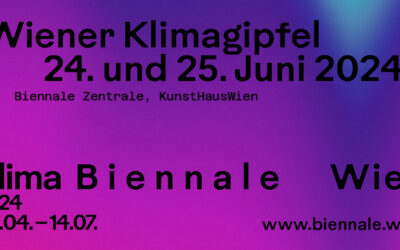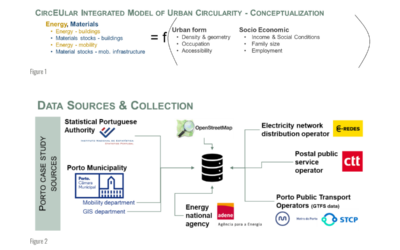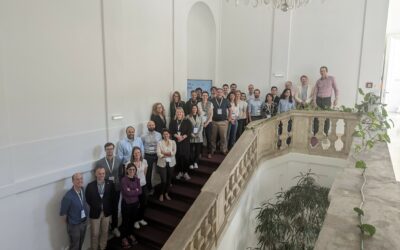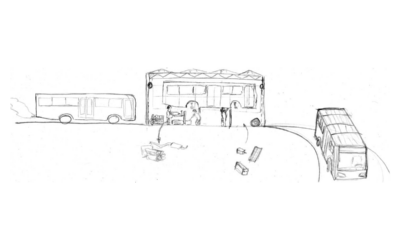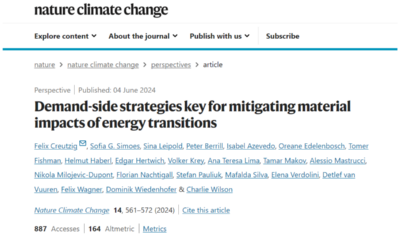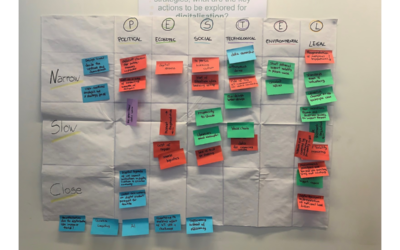News & Events
Ever wondered what exactly critical raw materials are?
You can re-watch a lecture on crticial raw materials by Professor Christoph Helbig held at Institute of Social Ecology, BOKU University this month!
Klima Biennale Wien 2024 x CircEUlar “Sensing Resonance”
Under the title Sensing Resonance, Nora Mayr curates encounters between the artists Imayna Caceres, Barbara Kapusta, Julian Palacz, and Borjana Ventzislavova with selected research initiatives of the CircEUlar project as part of the Vienna Climate Summit.
Building the database for the Integrated Model of Urban Circularity
Over the last months, INEGI has been working on a coherent data processing framework at a high-resolution scale, for the Porto case study.
Digitalisation Narratives and Climate Change Mitigation
On 13-14 May, 35 scientists and industry representatives participated in an expert workshop on the impacts of digitalisation on energy, materials, the economy, markets, lifestyles, and society, and how these impacts directly or indirectly affect greenhouse gas emissions.
E-retrofitting busses for a faster mobility turnaround and preservation of resources
Lots of technologically mature options for electric busses are already available on the market. But what about all 15 million diesel busses still on the road today?
CircEUlar researchers lead the way in mitigating the material impacts of energy transitions
A paper resulting from the efforts of CircEUlar researchers together with collaborators from the sister projects CIRCOMOD and CO2NSTRUCT has been published in Nature Climate Change, outlining innovative strategies to significantly reduce both resource consumption and fossil fuel emissions.
Stakeholder Insights Summarised to Feed into Research Parameters and Narratives
Building on the ‘Towards Net-Zero through a Circular Economy’ workshop, which took place on March 14th in Brussels, T6 Ecosystems analysed the insights originating from this engagement process to help Consortium partners inform the narratives and modelling parameters adding richness and real-world relevance to the research.
Unveiling Circular Economy Economic Modeling: Perspectives from the Joint Workshop
This event will be particularly important for CircEUlar as it provides a valuable opportunity to compare research outcomes and gain a nuanced understanding of how the circular economy can contribute to achieving climate objectives.
Vienna Climate Biennale officially opened: CircEUlar is among the scientific partners
The first Vienna Climate Biennale started its 100 day long festival program: CircEUlar is providing content on the potential of circular economy strategies to combat climate change.
Comprehensive update: The carbon content of global material stocks
A new study by BOKU researchers shows that the societal carbon stock reaches a geologically relevant size in the Anthropocene – integration into future balances of the global carbon cycle proposed.


